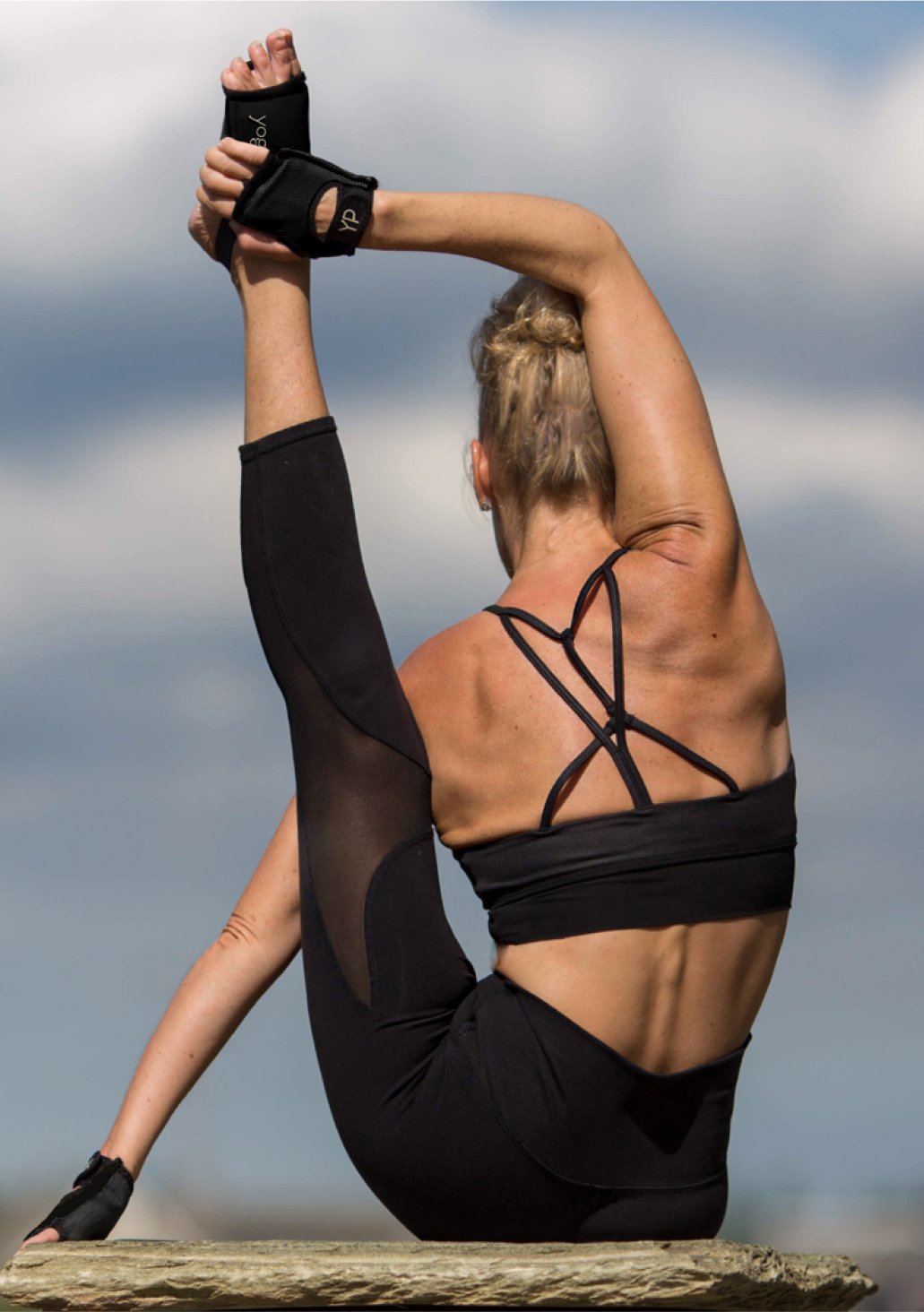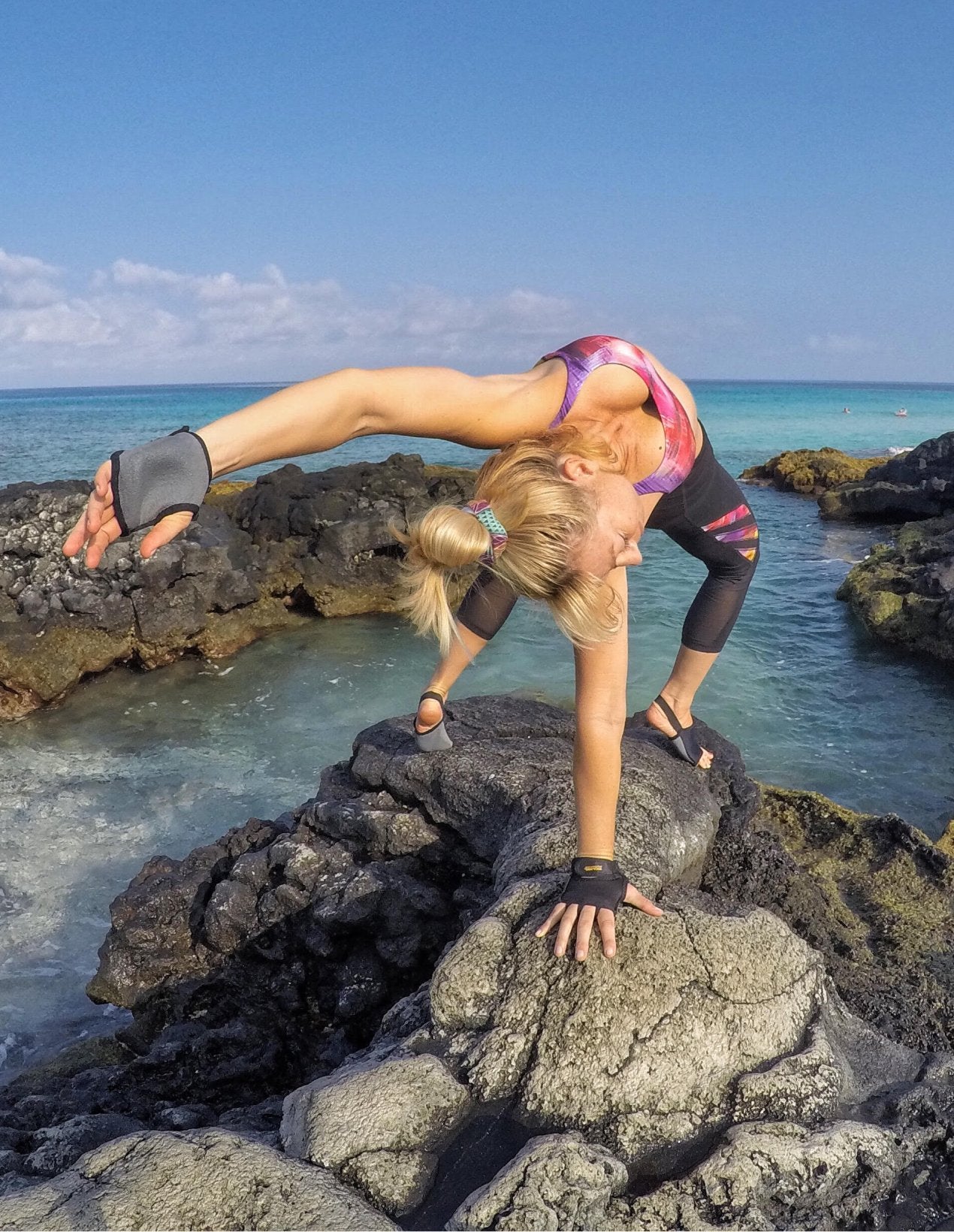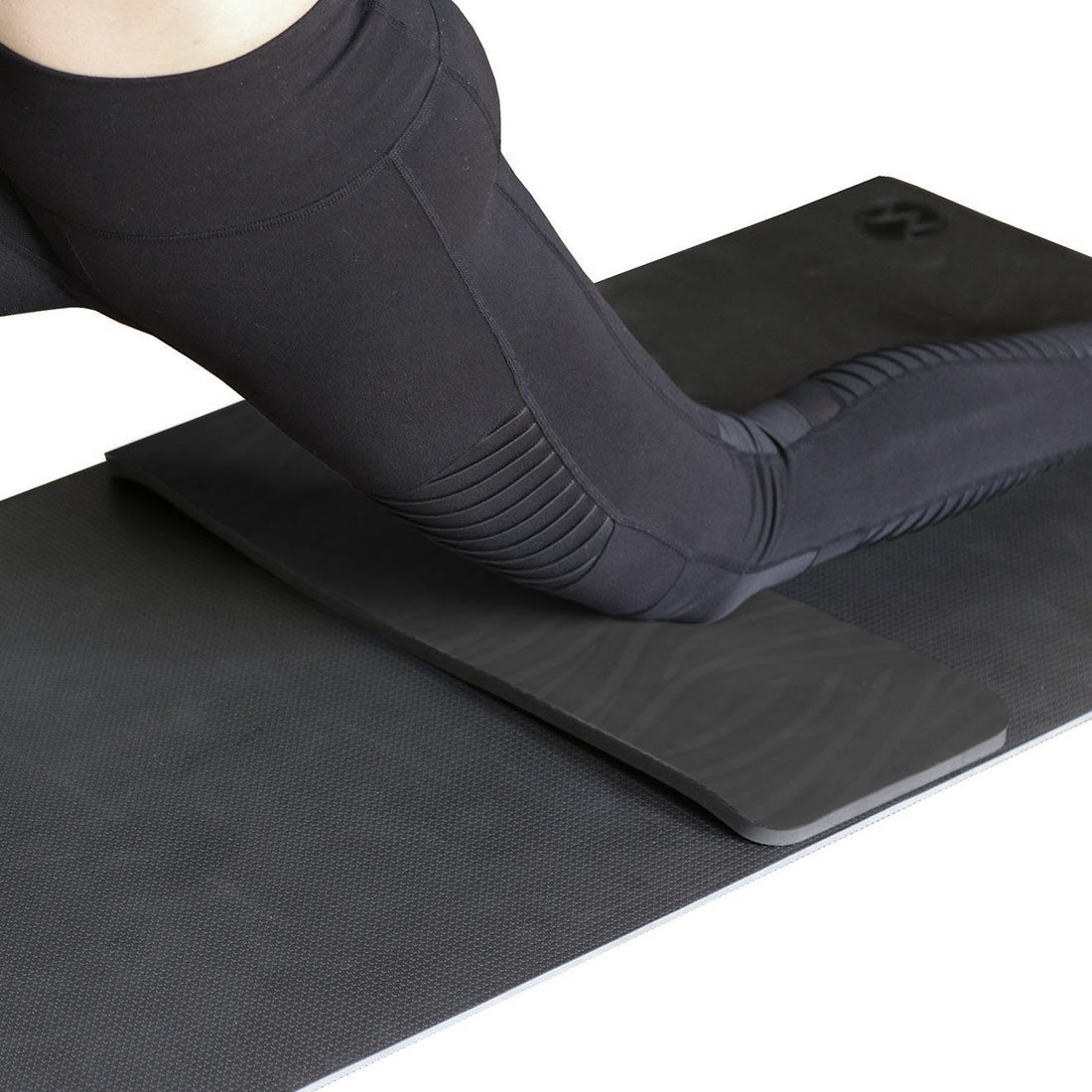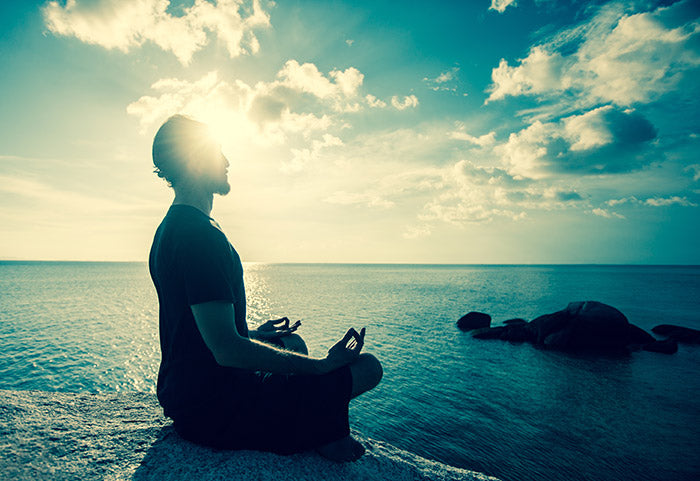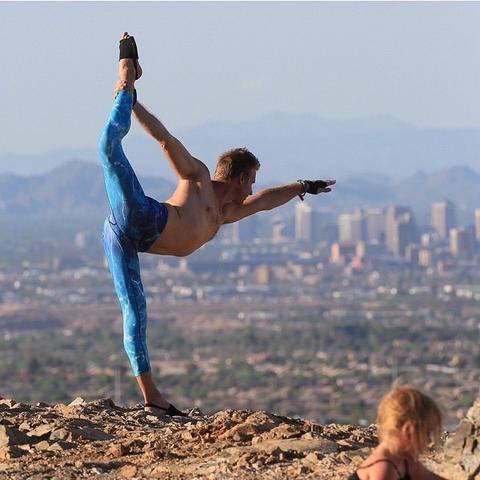
The word chakra is a Sanskrit word meaning “wheel.” The chakras refer to spinning energy centers that run along the spinal column. There are seven main chakras connected to each other by the three main nadis, or energy pathways in the body.
Under or overactive chakras can result in physical, mental, and emotional imbalances in the body. Keeping your chakras balanced is key to keeping the flow of energy strong throughout your entire being. In fact, yoga can actually help us keep our energy centers aligned and flowing freely. Here are a few examples of how to balance each chakra through your yoga practice:
 |
Sahasrara Chakra – The Crown Chakra
This chakra is located several inches above the crown of the head. It is associated with the color deep purple or white. The Crown Chakra regulates our relationship with our higher selves and universal understanding.
Postures to awaken: The best place to heal and tune into this chakra is Savasana. At the end of your practice, come into a place of complete surrender where you can just simply be. Asanas such as headstand, rabbit, and embryo pose also help balance this chakra.
|
 |
Ajna Chakra – The Third Eye Chakra
This chakra is located at the third eye center on the forehead between the eyebrows. It is associated with the color violet. The Third Eye Chakra regulates our intuition, humility, wisdom and inner awareness.
Postures to awaken: Asanas such as Child’s Pose, Hands at Prayer, Aum, and Head-to-Knee Pose are all postures that allow you to tune into yourself during your practice and will help you connect to your third eye chakra.
|
 |
Visshuda Chakra – The Throat Chakra
This chakra is located in the throat center. It is associated with the color light blue. The Throat Chakra regulates our voice, our ability to express ourselves, communicate, inspire and expose.
Postures to awaken: Any posture that allows you to feel heard and to express yourself. Asanas such as fish pose, reverse tabletop, reverse plank, lion’s breath, and ujjayi breath will open and balance this chakra.
|
 |
Anahata Chakra – The Heart Chakra
This chakra is located at the center of your chest. It is associated with the color green. The Heart Chakra regulates love, compassion, and forgiveness.
Postures to awaken: Any posture that offers your heart out openly to the world will strengthen this chakra. This includes all backbends, wheel, camel, dancer pose, cobra, and locust.
|
 |
Manipura Chakra – Solar Plexus Chakra
This chakra is located in the upper part of your belly. It is associated with the color yellow. The Solar Plexus Chakra regulates our self-esteem, ego, and decision-making skills.
Postures to awaken: Any posture that builds core strength will help begin to increase the warm energy in the third chakra and will connect you to your power within. Asanas such as Boat Pose
|
 |
Svadisthana Chakra – Sacral Chakra
This chakra is located at the center of your low belly. It is associated with the color orange. The Sacral Chakra regulates our relationships, emotions, sexual desires, and creativity.
Postures to awaken: The sacral chakra is strengthened when you learn to let go, and go with the flow. Hip openers such as Half Pigeon and Frog Pose can help awaken this chakra and allow you to better process your emotions.
|
 |
Muladhara Chakra – Root or Base Chakra
This chakra is located at the base of your spine or groin area. It is associated with the color red. The root chakra regulates the energy associated with our physical identity, instinct, survival, and safety.
Postures to awaken: The root chakra is connected to strong grounding postures and being rooted from the ground up. Asanas such as Tree Pose and Mountain Pose connect you to the earth and allow for the development of a strong foundation. |
Have you ever used the chakras in your yoga practice? If so, how has it impacted your practice? Share with us in the comments below!
AUTHOR BIO

Stephanie Morgan is a yoga instructor and lifestyle blogger from Chicago! Yoga has impacted her life in so many ways, and she loves having the opportunity to teach and share her practice with others. She hopes to encourage and inspire other people to follow their dreams and find new levels of possibility in their minds and bodies by bringing their practice off their mat and into their lives! You can find her blog at www.XoStephMorgan.com
Instagram: www.Instagram.com/XoStephMorgan
Facebook: www.Facebook.com/XoStephMorgan
Twitter: www.Twitter.com/XoStephMorgan
Thanks for reading! Feel free to take 10% off your next order with code: PAWBLOG



